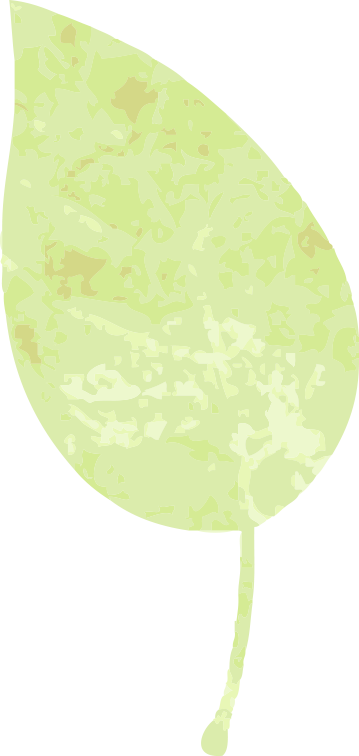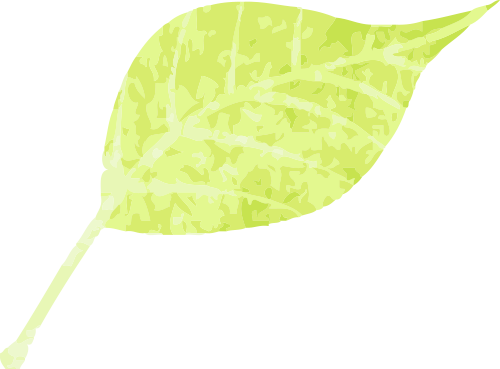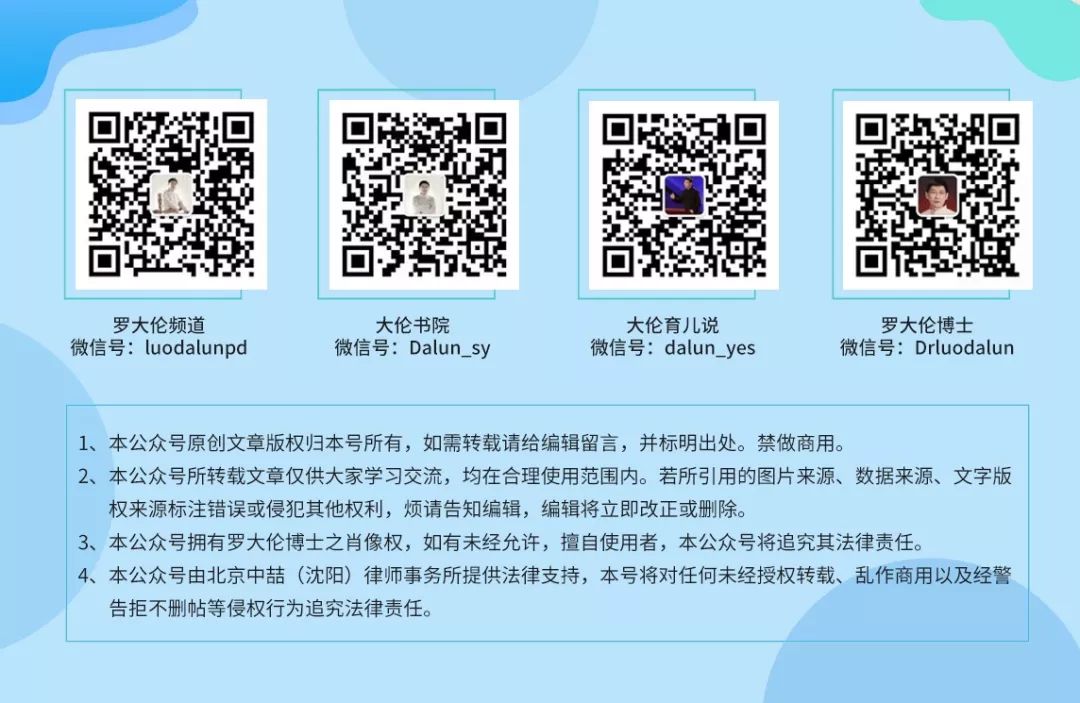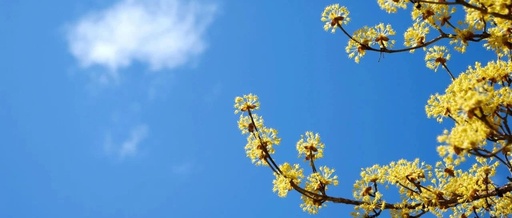
As we delve deeper into understanding pediatric cough, it becomes increasingly apparent that a child’s cough can feel like an unwelcome guest—arriving unexpectedly and departing just as mysteriously, often recurring. Recently, many parents have noticed that their child’s cough seems to exhibit both cold and heat characteristics: despite having cold hands and feet, the phlegm is yellow and difficult to expel; during the day, they are sensitive to the wind and have nasal congestion, while at night, they become irritable and thirsty… This mixed cough of cold and heat is indicative of a cold-heat mixed syndrome (hanre cuoza zheng).
This article will discuss the causes and diagnostic points of pediatric cold-heat mixed cough and share some practical tips. We hope that through this content, parents can approach their child’s cough with more composure and less anxiety, helping them navigate the challenges of cold-heat mixed symptoms together.

From a TCM perspective, cough is not merely a symptom of phlegm in the throat or a lung infection; it is a signal of the struggle between the body’s righteous qi and pathogenic factors. Children have delicate organs, and their spleen and lungs are often deficient. If they are exposed to wind-cold and do not receive timely treatment or are given inappropriate medications, it can easily lead to the persistence of cold pathogens and the emergence of heat pathogens, entangled with internal phlegm-dampness, resulting in a complex cold-heat mixed syndrome.

According to TCM, when wind-cold invades the body, if the exterior is not promptly released, the pathogenic qi can penetrate deeper. For instance, wind-cold should be dispelled through sweating, but if cold medications are used forcefully, the cold pathogen may become trapped in the lungs, eventually transforming into heat. Children, whose lungs are often insufficient, are like a window that cannot be closed tightly; external pathogens can easily enter and are difficult to expel, leading to a conflict between cold and heat within the body, manifesting as symptoms of both cold intolerance and heat, with phlegm that is both white and yellow.



Additionally, children often have a deficiency in their spleen, and if the spleen and stomach do not properly transform and transport, it can lead to the generation of dampness and phlegm. If they are then exposed to cold, the external cold and internal heat phlegm can combine, resulting in typical symptoms of cold-heat mixed syndrome, such as yellow, sticky phlegm despite cold hands and feet, and a thick, greasy yellow-white tongue coating; children, being in a state of yin-yang immaturity (zhiyin zhiyang), are like a young seedling, where the balance of yin and yang is not yet established. They are easily harmed by cold medications, which can damage yang qi, exacerbating cough and cold intolerance, and are also susceptible to warm-drying medications that can deplete yin fluids, leading to dry mouth and red tongue. This contradiction in medication, combined with the child’s insufficient righteous qi and weak ability to expel pathogens, can lead to the prolonged presence of cold and heat pathogens, resulting in cold-heat mixed cough.
It is evident that cold-heat mixed cough is not coincidental but rather a result of the interplay between external pathogens, spleen and stomach function, and constitution. In this case, using a single cold or hot medication may lead to counterproductive results: for example, using cold medications to suppress cough may worsen cold intolerance; using hot medications to dispel cold may trigger throat pain.


In facing this situation, the correct approach is to use both cold and heat. In the early stages of internal heat with external cold, symptoms may be limited to changes in nasal discharge and phlegm, and there may not yet be severe symptoms such as sore throat or fever, indicating that the condition is not deeply rooted. At this point, dietary therapy can be employed.

One recommended dietary therapy is pepper and pear stew (huajiao dun li), which involves using a snow pear without peeling, removing the core, and cutting it into small pieces. Cook it with 20 grains of pepper and 1-2 pieces of rock candy for about 20 minutes. Drink the soup and eat the pear. Pears have a cooling property that can moisten dryness and stop cough, making them suitable for dry coughs with some heat; pepper is warming and can invigorate the spleen and stomach qi, dispersing cold. The combination of pepper and pear can harmonize cold and heat. However, parents should remember that this remedy should only be used when there are no external symptoms, meaning it is suitable for use after the child has recovered from a cold.
Another option is salt-steamed orange (yanzheng chengzi). Ingredients: orange, toothpick, salt. Method: Soak the orange in salt water for a while to clean the surface; cut off the top of the orange to expose the flesh; sprinkle a small amount of salt evenly on the flesh, poking it a few times with chopsticks to allow the salt to penetrate. Be careful not to use too much salt, and secure the orange with a toothpick; place it in a bowl and steam it for about 10 minutes after the water boils. After removing it, peel it and eat the flesh along with the juice that has been steamed out. Consuming 1-2 of these salt-steamed oranges a day can be very helpful for cough management.
The flesh of the orange has cooling properties that can clear heat, while the peel is warming and can disperse cold, stop cough, and relieve wheezing. The orange peel disperses external cold, while the flesh can clear internal heat, making it suitable for the cough phase of external cold with internal heat.

Lotus root, pear, and lily soup (lianou bailian tang) is another option, made with 15g of lily, 60g of lotus root, 1 pear, and a few goji berries (optional). First, prepare the lily and lotus root, place them in a soup pot, cover, and boil on high heat for 5-8 minutes. Then add rock sugar and the peeled, sliced pear, and continue to cook for another 8-10 minutes. Add a few goji berries, bring to a boil, and turn off the heat. Yam and poria cakes (shanyao fuling bing) can also be made with 120g of flour, 60g of poria powder, 30g of yam powder, 2 eggs, and an appropriate amount of sugar. Beat the eggs in a bowl, mix in the flour, poria powder, yam powder, and sugar, adding some water to create a batter. Heat oil in a pan, pour in the batter, and cook on low heat until both sides are golden.


In cases of external cold with internal heat, once symptoms such as sore throat, fever, and clear signs of a cold appear, it indicates that the external pathogen has penetrated deeper. At this stage, it is difficult to manage with dietary therapy alone, and it may be necessary to consult a doctor or use some TCM patent medicines under medical guidance.

For example, the Children’s Lung Clearing Oral Liquid (ertong qingfei koufuye) contains ma huang (Ephedra), zi su ye (Perilla leaf), and ju hong (tangerine peel), all of which have warming properties, along with bai qian (Cynanchum), which is used to disperse lung qi and stop cough, also warming. The formula includes shi gao (Gypsum), gua lou pi (Trichosanthes peel), huang qin (Scutellaria), ban lan gen (Isatis root), and zhe bei mu (Fritillaria), which are cooling and used to clear internal heat. This formula simultaneously disperses external cold while clearing internal heat; additionally, zi su (Perilla), zhe bei mu (Fritillaria), and ting li zi (Descurainia seed) are used to regulate the lung meridian, particularly effective in resolving phlegm and promoting lung qi flow.
Another option is Xiao Chai Hu Granules (xiao chai hu ke li). The Xiao Chai Hu Decoction (xiao chai hu tang) is a classic harmonizing formula composed of chai hu (Bupleurum), huang qin (Scutellaria), ren shen (Ginseng), ban xia (Pinellia), zhi gan cao (Honey-fried Licorice), sheng jiang (Fresh Ginger), and da zao (Jujube). It addresses symptoms such as alternating chills and fever, bitter mouth, dry throat, dizziness, and elevated body temperature. Since Xiao Chai Hu Decoction primarily targets conditions of mixed cold-heat and is effective for various syndromes, it can be used for other mixed conditions as well.

Although we have discussed cough extensively, it is unfortunate that many parents, due to anxiety, rush to suppress the cough, using incorrect medications and making inappropriate adjustments, which can delay recovery. In fact, when facing a cough, what we need to do is quite simple: observe the details, avoid blind adherence, harmonize cold and heat, and nourish the spleen and stomach. Only by aligning with the child’s physiological characteristics can we build a resilient defense for them.
Previous Articles
“Is Spring Cough Common? TCM Tips to Help Children Combat the ‘Late Spring Cold’!”
“Spring Has Arrived, and Children Are Coughing Again and Again!”
Written by | Yuan Li
Edited by | Yuan Li
Image Sources | Baotu Network, authorized


